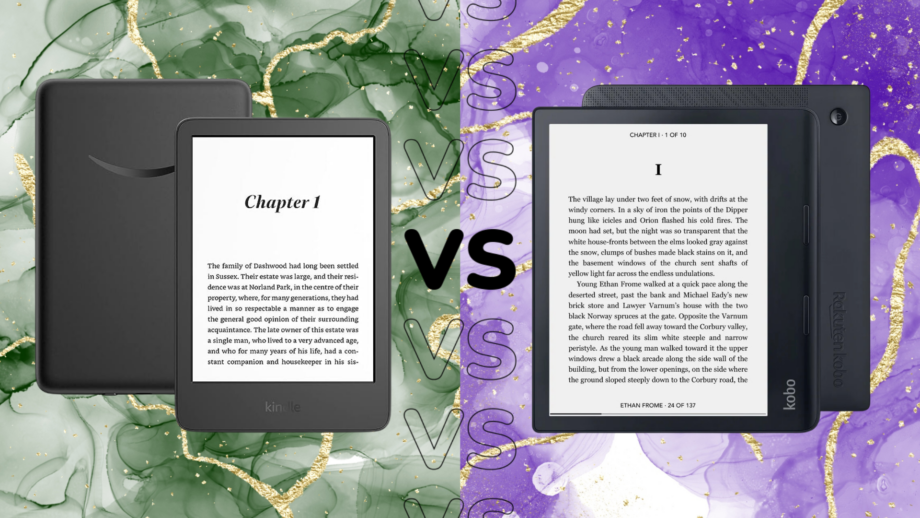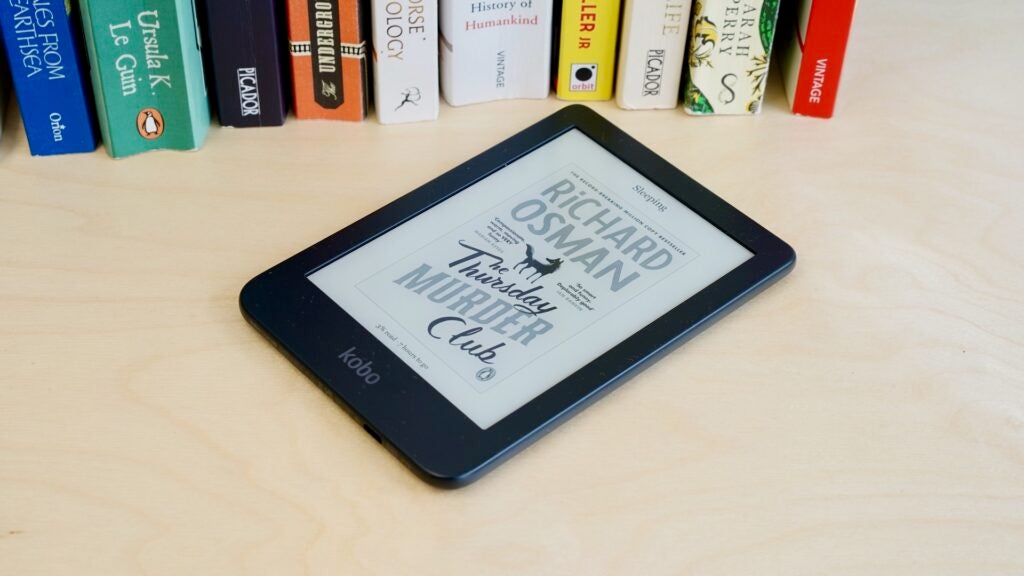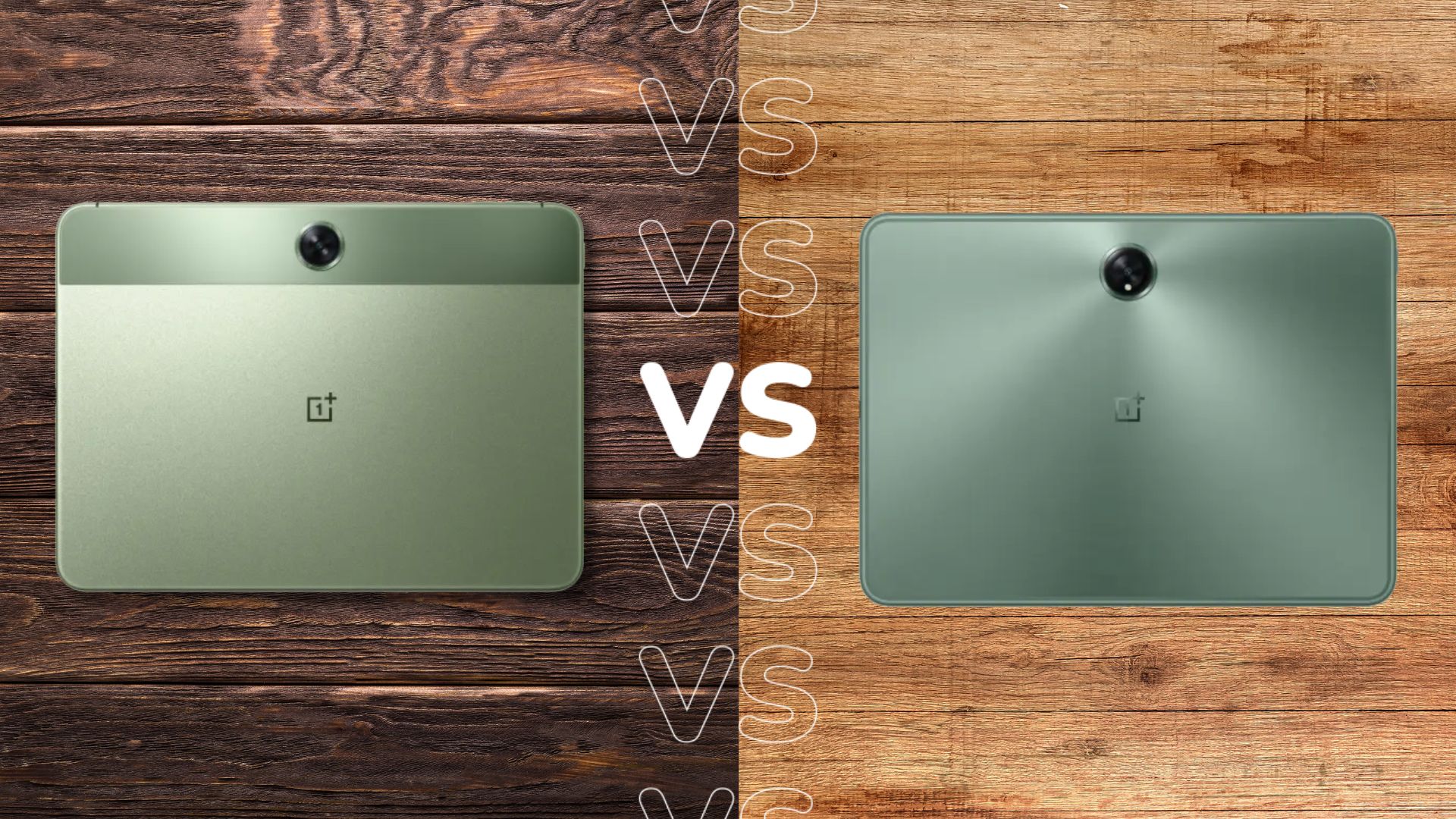Kobo vs Kindle: Which brand is best?

The Amazon Kindle and Kobo ranges include some of the most popular e-readers on the market right now, but which brand is better?
Finding an e-reader that’s right for you can be an arduous process. There are so many brands and variations on the market it can be hard to find a model that suits you best.
That’s why we’re going to be breaking down some of the key differences, and similarities, between the Kindle and Kobo range of e-readers. We’re going to be looking at the price, performance and supported software so you can figure out what’s best for your needs.
If you want a broader look at what e-readers are on the market, then take a look at our best e-reader and best Kindle roundups. Otherwise, read on to find out everything you need to know about Kindle and Kobo.
Kobo has support for library lending
Amazon Kindles are tightly integrated with the Amazon ecosystem. The easiest way to download and read books on a Kindle is by using the Kindle Store, which hosts a wide selection of books. Users can also sign up for a Kindle Unlimited membership, which gives members access to hundreds of ebooks, audiobooks, news and magazine subscriptions.
Kobo offers a similar service in the form of the Kobo Store, which has the same access to ebooks and audiobooks. However, the biggest difference is that Kobo devices can download books that are borrowed from many public libraries through a service called OverDrive. It’s worth noting that you can also borrow books from libraries using a Kindle, but only in the United States.
Every Kobo reader has OverDrive built in, so once you have a library card you can easily borrow books in America, the UK and Canada, among other regions. This makes the Kobo the better choice if you’re hoping to borrow books instead of buying them outright, and may make them the best option for those living outside of the United States.

They both offer a wide selection of readers
Both Kindle and Kobo offer a selection of e-readers that cater to different price points and purposes. The base Kindle model is currently in its 11th generation and launched with a $99.99/£84.99 price tag. The most expensive Kindle is the Kindle Scribe (2022), which launched at $339.99/£329.99. The Kindle Scribe offers the same reading experience as its siblings but is best described as a smart notebook, bundled with a stylus for writing and doodling.
The Kobo line is very similar, with the base Kobo Nia starting at $109.99/£94.99. The premium Kobo Elipsa 2E also opted to include a stylus which can be used for taking notes. The Elispa 2E starts at $399.99/£349.99.
The Kobo line of readers is notably cheaper when purchased outside of the United States, with many refurbished versions available from the Rakuten Kobo website.

Kobo supports more formats
As we’ve mentioned, the best way to read books on a Kindle is via the Kindle Store. However, Kindles do have support for other file types, such as AZW. It is possible to transfer these files onto a Kindle, but it requires third-party software and can be time-consuming.
When it comes to formatting support, Kobo is a lot more accommodating. It has support for EPUB, MOBI, CBZ and CBR and all of these can be sideloaded. This makes it easier to download books that may be unavailable on traditional platforms like the Kindle Store or Kobo Store and gives users more flexibility.









